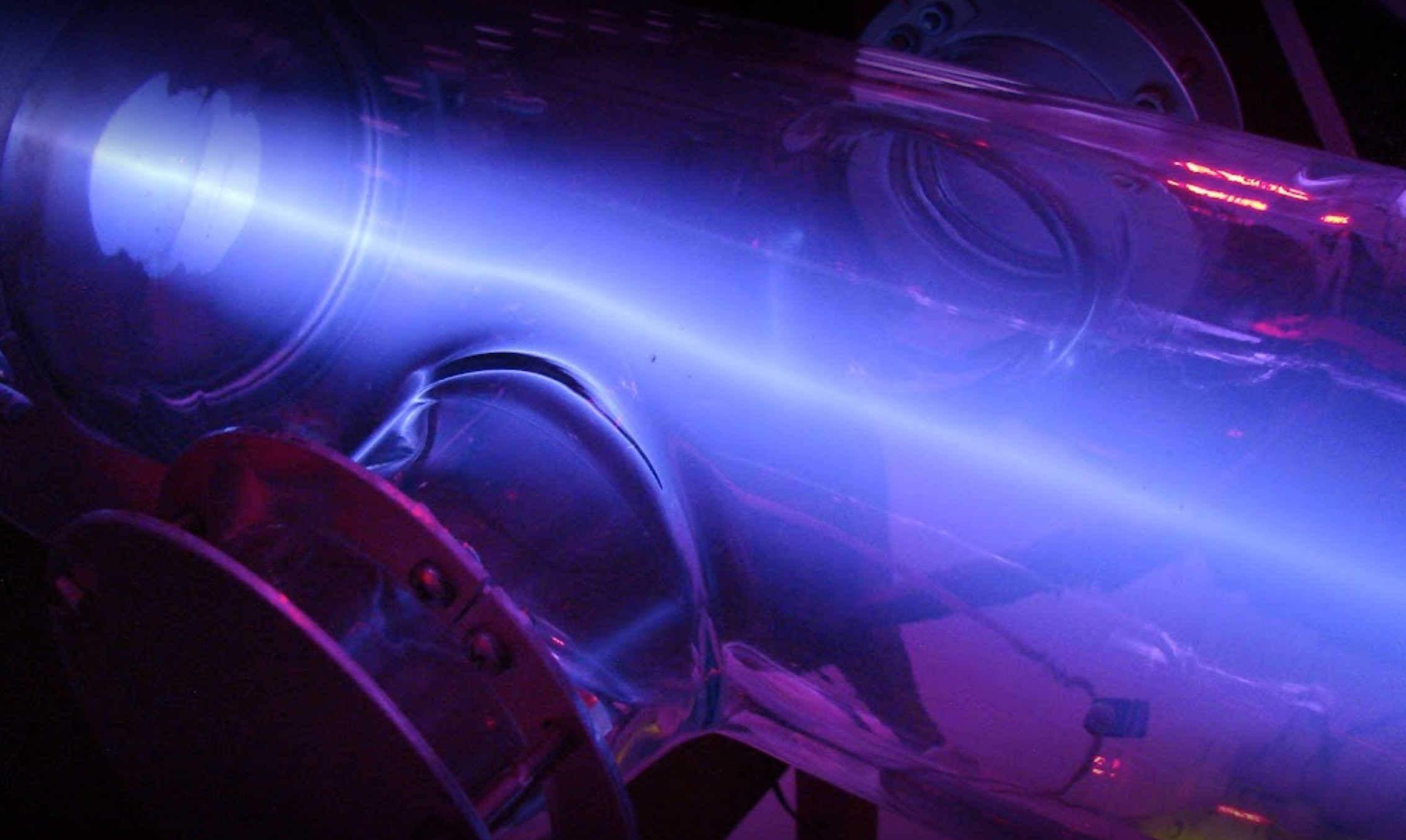IEEE-Madison September 2022 Newsletter

Madison Section Newsletter
Vol. 25, No. 4 Serving IEEE Members of South Central Wisconsin September 2022
Newsletters are archived online at IEEE-Madison
Upcoming Meetings
"The Future of Medical Device Innovations"
Wednesday, September 21st at 6:00 PM
Register at: Vtools.Events Here
Madison Section News
Review of Past Events
Upcoming Meetings
IEEE-Madison Engineers in Medicine and Biology Chapter:
"The Future of Medical Device Innovation"
- Wednesday, September 21st, 6:00 PM to 7:30 PM
- Talk by Dr Daniel Swanson of City College of New York
- Location:
Virtual: Please Register On-Line to receive an email with the meeting link. - Please Register at the Vtools Event page here.
Abstract: There is a large demand for Medical Device Innovations right now, due to the “Baby Boomer” population reaching an age where the number of people facing health issues is at an all-time high. There are many areas in the medical industry that could use the help of newer, better designed, more efficient, and innovative devices. The presentation will go over the most in-demand medical devices at this time. In particular, the talk will explore the area of nuclear medical devices for more immediate profit and notoriety.
Bio: Dr. Swanson has been in the Engineering Field since the year 2006. He has had multiple positions as a Design Engineer, Field Service Engineer, Project Engineer, R&D Engineer, and even Nuclear Engineer. All of his education was based out of the Madison, Wisconsin area, where he obtained a Bachelor’s Degree in 2004 and a Master’s Degree in 2006 in Engineering Mechanics and Astronautics. After working in the areas of Field Service Engineering and Design Engineering for about 5 years, he returned to UW-Madison to obtain a PhD in Nuclear Engineering in 2013. He obtained a patent on a nuclear medical device for cancer radiation therapy while working towards his PhD and working at Phoenix Nuclear Labs. His thesis was on how to create a more protective shielding for the ITER Tokamak Reactor in case an accident was to occur. He has been teaching Mechanical Engineering at the City University of New York since 2017.
IEEE Section Madison News
Hugh Schmidt and Arnand Gaurav have been working to update the Madison Section Web Page. Please check it out --it has been updated to include the event listings and Newsletters. What do you think? The site is here.
Mike Stemper reports that the Dane County Covid-19 community spread indicator is now "Low (Green)" meaning that the IEEE Madison meetings may now be in-person. The indicator may be seen on the second page of this dashboard.
Review of Previous Events
Mallards Outing: On Memorial Day, IEEE Madison welcomed the unofficial start of summer
by going to a Madison Mallards game. We were the "Spotlight Organization" for their opening game.
It was a bright, sunny day, leading to big smiles by everyone who was there. (see pictures) Plenty of food and beverages for everybody, as well as chances to mingle.
Oh, and the game? The Mallards beat the Lakeshore Chinooks by a score of 3-2. Let's hear it for the home team!
Fusion Energy Prospects: On August 11th, the IEEE Madison Life Member Affinity Group and PES/IAS Chapter hosted a virtual panel discussion entitled Fusion Energy Prospects. Five fusion researchers spoke about the envisioned role of fusion power plants in a modern, sustainable electrical energy grid. Those panelists were:
Zander Keith: HSX (Helically Symmetric eXperiment) Lab at UW-Madison, Research intern
Dionysi Damaskopoulos: HSX Lab Electrical Engineering, PhD student
Luquant Singh: HSX Lab, PhD candidate in Electrical and Computer Engineering
Kunal Sanwalka: WHAM (Wisconsin HTS Axisymmetric Mirror) project, 3rd year graduate student
Dr. Sara E. Ferry: Plasma Science and Fusion Center at MIT, Research Scientist
The panelists described how fusion works, and what challenges there are to overcome in building fusion power plants. They explained why key recent advancements in theory, computation capabilities and materials have spurred unprecedented interest among energy investors.
The speakers explained that the preferred fuel for fusion power is hydrogen in the form of two isotopes, deuterium and tritium. In the sun, gravity squeezes hydrogen atoms together causing them to fuse together and form helium. To do that in a fusion reactor, another method is required. The preferred method is to use microwaves to excite (or heat) the atoms to separate the nuclei from the electrons forming a plasma. To maintain the plasma and cause fusion, it must be confined and compressed. Magnetic force is the preferred method to do that.
Most hydrogen is composed of one proton, one electron and no neutrons. Deuterium has a neutron and tritium has two neutrons. Deuterium is stable and can be extracted from water. Tritium is radioactive and must be artificially produced. Obtaining an ongoing supply of tritium is one challenge to designing fusion power systems. Fusion of a deuterium ion and a tritium ion produces a helium ion with two protons and two neutrons. That releases one neutron and a lot of energy. If the fusion chamber is lined with lithium, the free neutron can collide with a lithium atom, splitting it into a helium atom and a tritium atom. That is a possible solution to the tritium supply problem.
These and other problems and proposed solutions were discussed in more detail by the panel. Several teams of researchers are working on these problems in UW-Madison laboratories and elsewhere around the world. Panelists indicated that various groups believe that a research reactor will demonstrate thermodynamic break-even operation by 2035. Utility-scale reactors that are expected to produce a return on investment may be operational by 2040.
A recording of the panel discussion can be found on IEEE Region 4 YouTube Channel here.
IEEE-Madison Slack Channel Established and Open to IEEE Members
- What is Slack?: Slack is a messaging application that works on most modern computing platforms, including cell phones. Many organizations use slack to quickly connect with people and conduct business. You can share files and create sub-channels for discussion. IEEE-Madison is using the free version of slack that has limited features.
- Executive Committee Presence: Members of the IEEE-Madison Executive Committee have joined a Slack Channel and will be available to discuss issues you might bring up.
- For more: See this YouTube Video on Slack.
Also see this site: What is Slack? - Get an Invitation to Join the IEEE-Madison Slack Channel: at Slack Channel.
- Access it here: IEEE Madison Slack Channel
IEEE Madison Leadership
- Section Chair – Scott Olsen
- Section Vice Chair – Mike Stemper
- Section Treasurer – Matt Nowick
- Section Secretary – Tom Kaminski
- Webmaster – Hugh Schmidt, Gaurav Anand
- Membership Development Chair – Hugh Schmidt
- PES/IAS Chair – Mike Stemper
- PES/IAS Vice Chair – Dan Ludois
- PES/IAS Secretary/Treasurer- VACANT
- EMB Chapter Chair – Dennis Bahr
- Life Member Affinity Group Chair – San Rotter
- Life Member Affinity Group Vice Chair – Charles Cowie
- ECN Chair – Matt Nowick
- Young Professionals Chair – Thomas Murphy
- Section Student Activities Chair -- Hugh Schmidt
- Members at Large: Nate Toth, Clark Johnson, Craig Heilman, Dennis Bahr
Membership Upgrades
Those interested in upgrading their IEEE membership level should be aware that the process has been streamlined with much of it on-line. The application process can start with your application as described on line here. You will have to provide the names and IEEE numbers for three Senior Members in your field. The Madison Section Chair (Scott Olsen: olsens93@gmail.com) can help, or attend the informal networking portion of the monthly Section meetings to meet the Section Board members and discuss your intention to elevate.
About IEEE
The Institute of Electrical and Electronics Engineers or IEEE (read Eye-Triple-E) is an international non-profit, professional organization dedicated to advancing technology innovation and excellence for the betterment of humanity. IEEE and its members inspire a global community through IEEE’s highly cited publications, conferences, technology standards, and professional and educational activities. It has the most members of any technical professional organization in the world, with more than 300,000 members in around 150 countries. The IEEE consists of 38 societies, organized around specialized technical fields, with more than 300 local organizations that hold regular meetings. Discover what IEEE Member Discounts can offer you. The Member Discounts portfolio consists of insurance products and programs for the home, office and travel, all at excellent group rates and reduced pricing. Visit IEEE Member Discounts to see what’s available in your location and enjoy the savings. For more information, please visit: IEEE.ORG.
JOIN IEEE




